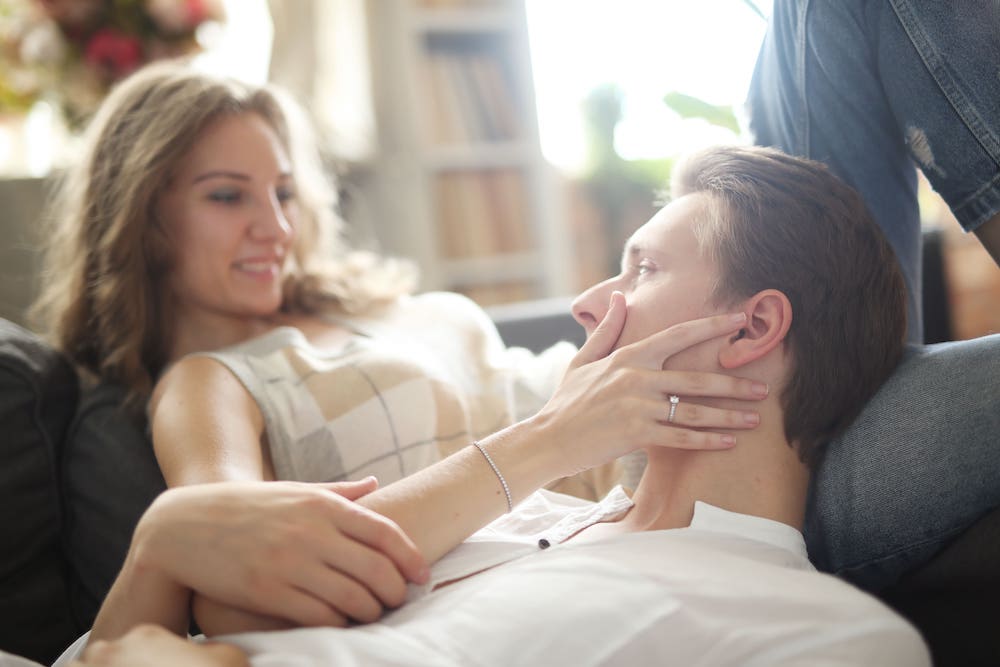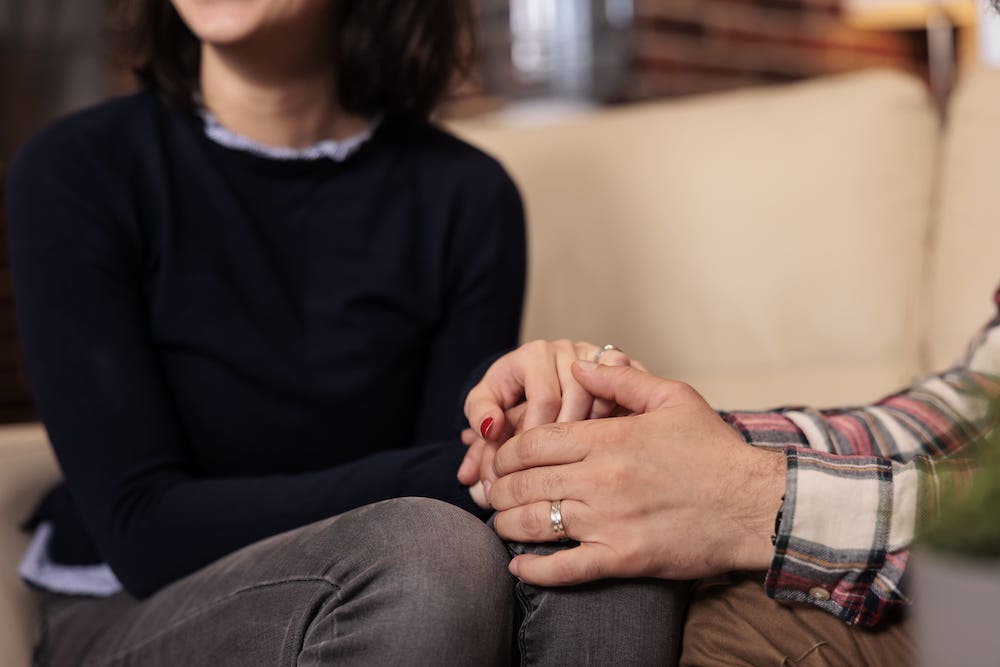
We all know that people have different approaches to relationships. The caricature of the eternally single person who runs away any time a relationship gets too serious is a favorite in books and films. But it is true that some people do tend to avoid too much closeness or intimacy even when they do choose to be part of a relationship. By understanding why they (or we) behave like this, we can work towards healthier relationships.
What are attachment styles?
Attachment styles are a classification of people’s approaches to relationships into 4 broad groups. These styles take shape during childhood in the relationship between a child and their parents and then impact their romantic relationships in adulthood. The first 2 groups are secure and anxious attachment styles and are relatively self-explanatory. Secure people find it easy to trust, love and become close to others. Anxious people live in constant fear that the other person in the relationship will abandon them, and their behavior is hugely influenced by this belief, though they continue to pursue and maintain a close relationship.
The other 2 styles are less obvious to understand. In brief, fearful avoidant people want to have a close relationship but are so afraid of what will happen if they do that they actively avoid the very thing they are seeking. Dismissive-avoidant people tend to think that they do not need to be part of a close relationship in order to be happy, fulfilled, or successful.
We will now look at these 2 types of avoidant attachment styles in more detail.
Fearful avoidant
Characteristics and behaviors of fearful avoidant individuals
People with a fearful avoidant attachment style tend to be anxious and think that they are difficult to love or appreciate. In a relationship, they will tend to hold back rather than fully commit as they are worried that they will be rejected. Rather than put themselves through this hurt, they effectively reject themselves in part from the relationship before this can happen. Fearful avoidant people may be seen by others as inconsistent and irresponsible at times as they strive to keep their distance in every aspect of their lives, pulling back any time they that they start to feel too much attachment or emotion.
Examples of how fearful avoidant attachment can affect relationships
A relationship with a fearful avoidant person can be very difficult. They are likely to seem quite hot and cold, desperately wanting intimacy and closeness but afraid to fully commit themselves in the way needed for this to take place. The other partner may find this inconsistent approach and their partner’s constant need for reassurance extremely frustrating, especially if they do not understand what is behind this behavior.

Dismissive avoidant
Characteristics and behaviors of dismissive avoidant individuals
People with a dismissive avoidant attachment style do not worry about being rejected but rather see a close relationship as unnecessary to their happiness and simply an optional extra. They tend to be very hard-working and committed people and will give their all to things that they see as important. They generally have high self-esteem and avoid commitment and emotional situations because they prefer to be self-sufficient rather than becoming too involved with other people, even their partners.
Examples of how dismissive avoidant attachment can affect relationships
The partner of a dismissive avoidant person may become frustrated by their avoidance of emotions and not feeling like an important part of their partner’s life. Their partner may actively avoid closeness and keep aspects of their life secret in order to maintain their sense of independence and freedom. This can even go as far as having affairs in some cases. The more a partner tries to get closer to someone with a dismissive attachment style, the more they may withdraw and close up.
Fearful avoidant vs dismissive avoidant
What’s common in dismissive and fearful avoidant?
People with both types of avoidant relationship styles will tend to avoid prolonged or extreme closeness and be reluctant to open up emotionally to their partners. They may be seen as unreliable, inconsistent and remote. The harder their partners try to engage with them and draw them in, the more closed and distant they become.
What are the differences?
The key difference between dismissive and fearful avoidant styles is the driving force behind them. Fearful avoidant people want the intimacy and emotional connection of a committed relationship but are reluctant to commit because they are terrified of being rejected once they have made themselves vulnerable and dependent on their partner. Dismissive-avoidant people, on the other hand, think that emotions are an unnecessary complication that they do not need in their lives as they will get in the way of their success and happiness. They view their relationships as optional extras to their life that they can dip in and out of as they wish without recognizing that their partner may need more than this.
Am I fearful avoidant or dismissive avoidant?
Start with the mirror
The first step in determining whether you have a fearful or dismissive attachment style is to look as objectively as you can at how you view relationships and your relationship history. If you struggle with closeness and intimacy, and perhaps have a history of short-term relationships without ever achieving real closeness, you may have an avoidant attachment style.

What is driving you?
If you do believe that you have an avoidant attachment style, you should consider why you struggle with intimacy and commitment. If you believe that you want a close relationship but are terrified of rejection, perhaps because of having damaging breakups in the past, you are likely to have a fearful avoidance attachment style. If, however, you simply see a close relationship as not being a priority or essential for your happiness, you may well be dismissive and avoidant.
Fearful avoidant vs dismissive avoidant: conclusion
It is important to know that there is nothing wrong in itself with having either type of avoidant attachment style. It may well be a product of your life experience and situation and has developed as an essential self-protection mechanism. However, if you do have one of these styles it will greatly help you in relationships if you recognize this and, if necessary, seek professional help to deal with the issues that dismissive avoidant or fearful avoidant attachment may cause. Often identifying something is the hardest and most important step to overcoming any barriers that are present.